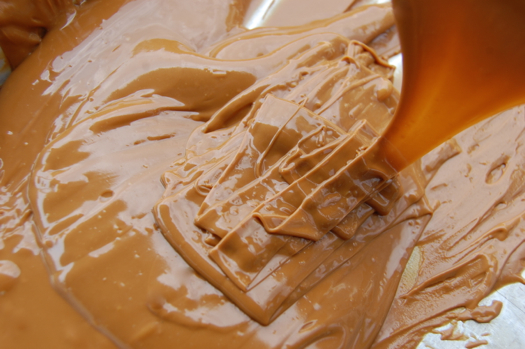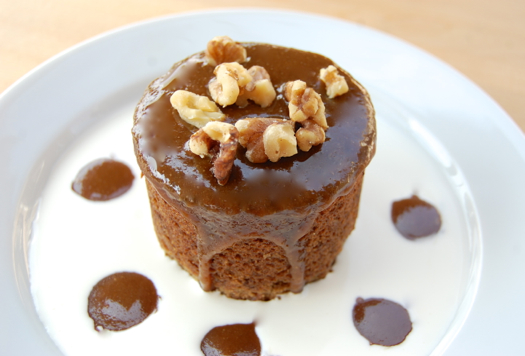Reader Robert wants to know what the practical difference is between shiny baking pans and dark-colored nonstick versions (other than the fact that one is nonstick of course). The main difference, Robert, is that dark colors absorb more heat. That’s as true of pans as it is of clothes, even in the lightless environment of an oven. It’s why a tent of shiny aluminum foil does such a great job of preventing excess browning in a hot oven. It reflects heat energy.
A dark pan does the reverse and that’s not usually a good thing. Dark pans can not only create excess browning on edges, they can contribute to the premature hardening of surface crusts, and that can hold in rising or crust expansion. This is not to say that nonstick can’t be a good thing, however tart and pie crusts are very buttery to begin with. As a result they tend not to have a problem releasing
READ ON


